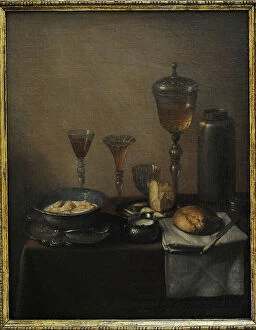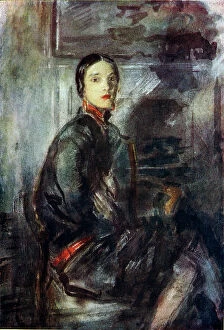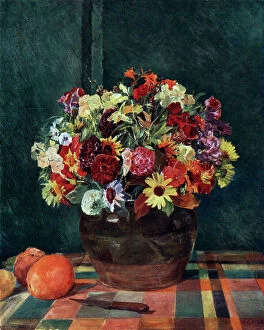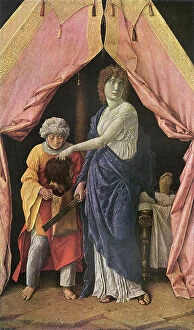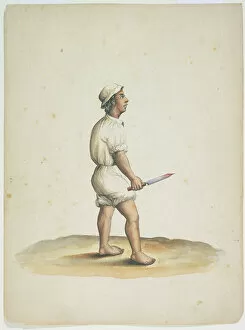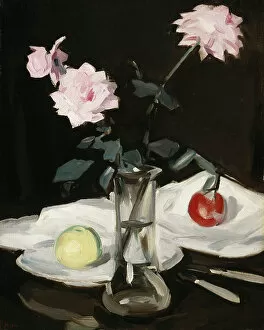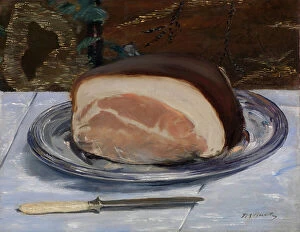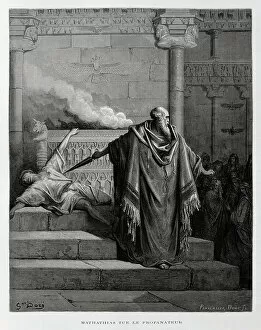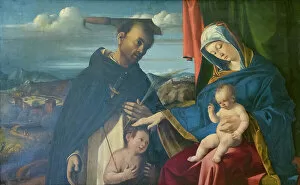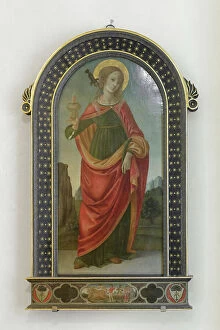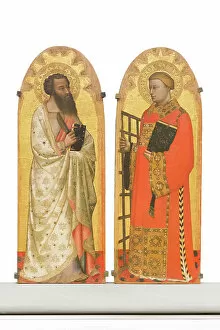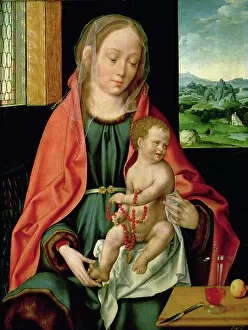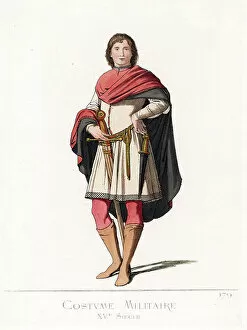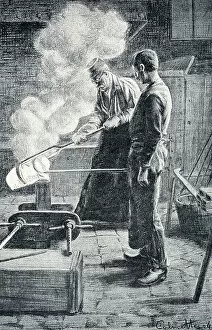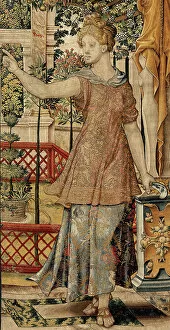Knife Collection (page 6)
"Unveiling the Artistry: The Knife's Timeless Tale" Step into the world of history and art as we explore the diverse roles and symbolism of the humble knife
All Professionally Made to Order for Quick Shipping
"Unveiling the Artistry: The Knife's Timeless Tale" Step into the world of history and art as we explore the diverse roles and symbolism of the humble knife. From bookbinding tools in 1875 to Diego Velazquez's captivating painting "Old Woman Cooking Eggs" in 1618, this versatile instrument has left its mark throughout time. In Harold Harvey's masterpiece "The Tea Table, " a knife silently awaits its turn amidst an intimate gathering, hinting at its significance in daily life. Meanwhile, Jacques Louis David immortalizes Jean-Paul Marat's tragic fate with his chilling portrayal of the fatal stabbing that occurred during the French Revolution. Lady Macbeth's infamous daggers come to mind, symbolizing ambition and guilt within Shakespearean tragedy. On a lighter note, an advertisement from 1945 showcases how knives played a vital role in promoting meat consumption during post-war times. Travel back to Delmonicos Restaurant in New York City circa 1902, where Joseph Byron captures bustling kitchen scenes complete with chefs skillfully wielding their trusty knives. Even on Christmas cards featuring owls and foxes carrying food, these creatures rely on knives for survival. Delving deeper into history, Francis Parsons' portrait of Cherokee chief Kanagagota reveals cultural significance as he holds a ceremonial knife close to his heart. Market reports depict English country squires carving beef with precision while knights of medieval Germany relied on their trusty blades for protection and honor. Lastly, William Hogarth's "Enraged Musician" portrays chaos erupting around a musician who wields his knife menacingly amidst discordant sounds—a reminder that even mundane objects can become instruments of frustration or aggression. From practicality to symbolism across various mediums throughout centuries, the knife remains an enduring tool that tells stories both grand and subtle—forever etching itself into our collective consciousness.




